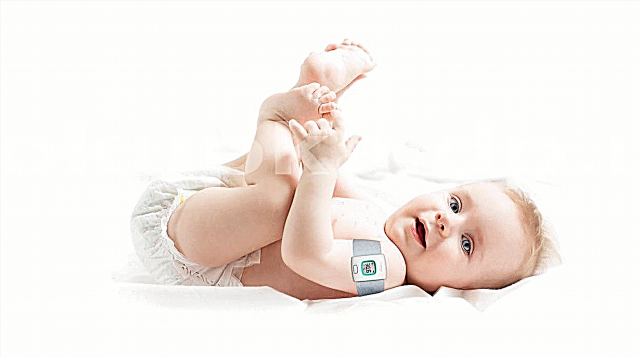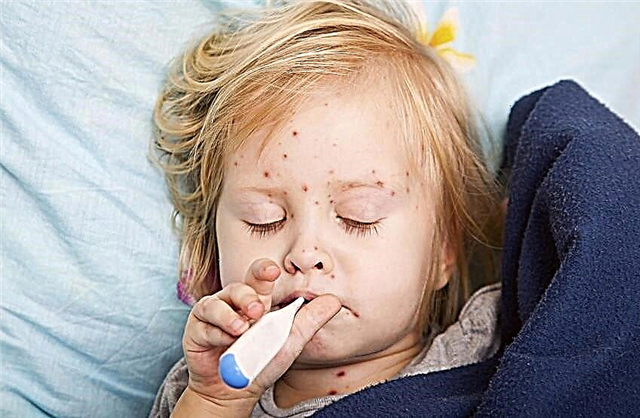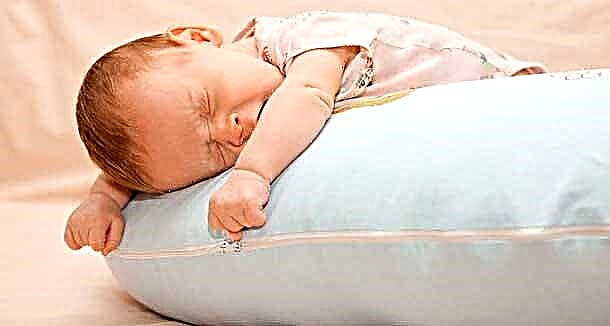
Attentive parents will immediately notice if a child's teeth have changed their color. If this is a pale yellow plaque, then such a shade does not cause concern, but a sharp change in the color of the teeth, say, to black, is always alarming. Why can babies' teeth turn black and what should parents do in this case?

What does it look like?
Plaque on black teeth is often an irregular, dark edging that is distributed over all teeth. Less often it is represented by black spots. Blackening in most cases is noticed on the inside of the dentition, but black spots can appear on the outer surfaces of the teeth. However, such plaque cannot be removed with the help of regular brushing.

Changes occur at any age, so a one-year-old child, a baby at the age of 3, and a junior schoolchild and a teenager can acquire black teeth. At the same time, color changes may appear gradually, and in some children, the teeth turn black in just a few days.
Causes
Deposits that appear on the enamel of the teeth are uncleaned food debris and dead particles of the mucous membrane. They are joined by beneficial and pathogenic microorganisms. If such deposits are not removed in time, this leads to their accumulation and compaction, and their color may turn black due to:
- Adverse effects on tooth buds during pregnancy. Such influences can be a lack of calcium and an excess of iron in the diet of the expectant mother, the woman taking certain medications, or severe viral infections transferred during gestation.
- The appearance of dysbiosis in the crumbs due to a change in diet or taking antibiotics. Also, digestive problems can be caused by chronic diseases of the intestines and liver.
- The activity of special pigment-forming bacteria found in some children. As a result of their vital activity, the child has Priestley's plaque. It often affects milk teeth, but it can also occur on permanent ones. Over time, this plaque usually disappears on its own. Why such bacteria are present in the oral cavity of some children, while others do not find them, doctors have not yet determined.
- Taking medications and supplements high in iron. An excess of this element can provoke darkening of plaque on the teeth, although it turns not black, but dark brown or purple.
- Weakened local immunity, as a result of which bacteria in dental plaque are activated. The reason for this situation may also be dry air in the room, due to which saliva is produced in insufficient quantities.
- Prolonged diseases in which the body's defenses are depleted and the child takes many drugs that affect the gastrointestinal tract.
- Hypoplasia of enamel in a child, when, with insufficient hardness and resistance to external influences, the enamel quickly darkens.
- Incorrect selection of paste for the baby. If you brush your child's teeth with a paste that is intended for adults, excess fluoride in it can cause the enamel to darken. In this case, the incisors often darken.
- Insufficient oral hygiene, which leads to tooth decay. This disease affects milk teeth much faster than permanent ones.
- Lack of calcium in the children's diet.
- Chewing on one side only due to sore teeth or poor bite. An excess of plaque will form on the side that is not involved in chewing.
- The influence of a hereditary factor. Although it is extremely rare, there is a situation when black plaque on the teeth occurs in childhood with parents, and then observed in their children.
- Worm infestation or infection with parasites (toxoplasma, lamblia).

In adolescents, the appearance of black plaque is associated with smoking or drug use. Also, darkening of the enamel at this age is caused by the adolescent's love for strong tea or coffee.
Effects
Plaque on black teeth is not only unaesthetic, but can also be dangerous for a child, and it is not the black stripes on the teeth themselves that are dangerous, but the causes that cause them. First of all, blackening of the teeth is a signal that something is wrong in the body of the crumbs. If you ignore it, the following consequences are possible:
- Tartar formation.
- Bad breath.
- The development of caries and tooth decay.
- Increasing the sensitivity of teeth to various external influences.
- Development of gingivitis.
- Increased bleeding of the mucous membrane.
- Development of periodontal disease.
Treatment
The first action of parents who find black plaque on the child's teeth should be a dentist's consultation. Only a doctor can identify the cause of such a problem and, taking it into account, choose a treatment that can eliminate darkening on the enamel. For example, if a baby has dysbiosis, his diet should be reviewed and the functioning of the digestive tract should be adjusted.
With a deficiency in the diet of calcium, children are prescribed special drugs with this element. If the darkening of the enamel is caused by early caries, the baby will be advised to fluoridate or protect the teeth with other modern methods.

Simultaneously with the elimination of the cause, the child will be prescribed a professional teeth cleaning, which will be carried out by a specialist. Such cleaning is indispensable for Priestley's raid, since it cannot be removed at home. In some children, this plaque reappears soon, so cleaning will have to be carried out several times.
Prevention
To prevent darkening of the child's teeth and the appearance of black plaque, you should:
- During pregnancy, pay great attention to the health and nutrition of the expectant mother.
- Refuse bottle feeding and do not give sugary drinks at night.
- Do not lick the nipples and spoons given to the baby.
- Teach your baby how to properly brush your teeth. The toddler needs to brush his teeth twice a day, starting from the moment the first tooth appears. At first, the mother performs the processing of the teeth using a silicone fingertip brush, and from the age of one, the child can purchase the first toothbrush. Cleaning with baby toothpaste is used in children who are 2 years old.
- Monitor the baby's diet and diet. The kid should eat foods with calcium, gnaw fresh vegetables, fruits, crackers, and also drink water in sufficient quantities.
- Maintain an optimal microclimate in the child's room, paying attention to humidity and temperature conditions. At the same time, make sure that the baby breathes through his nose.
- Regularly show your child to the dentist at least once every six months.
- Suggest that the teenager replace black tea with fruit or green tea, and add milk to the coffee.

The following video covers the topic of children's teeth. After looking at it, you can learn how to properly care for children's teeth and how to prevent the appearance of plaque.



